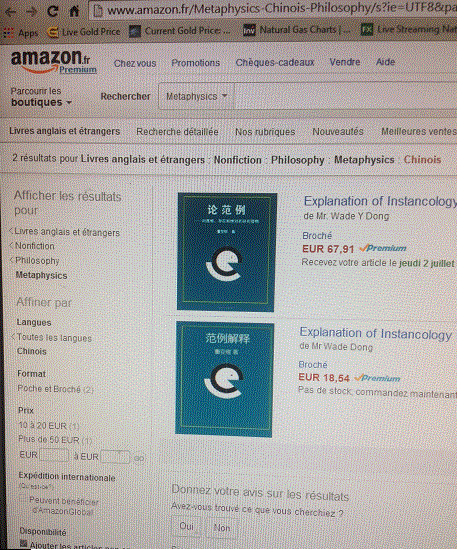How to Defeat Instancology (2)
If AA has nothing in it as you believed, how can something come from it? Isn't this ridiculous?
-------
1. AA Is Not "Nothing" in the Conventional Sense
In Instancology, the Absolutely Absolute (AA) is not equivalent to "nothingness" as commonly understood. It's not a void or an absence but rather the foundational reality that underlies all instances and representations. AA is beyond all categories, including existence and non-existence. It's not an object, a being, or a process, but the necessary condition for the possibility of anything at all.
This conception aligns with certain philosophical traditions. For instance, in Christian theology, the doctrine of creatio ex nihilo posits that God created the universe not from pre-existing materials but from nothing, emphasizing God's absolute sovereignty and the contingent nature of creation. Similarly, in Advaita Vedanta, Brahman is the ultimate, unchanging reality that is beyond all attributes and forms—the substratum of all that exists.
2. The Emergence of Instances from AA
The emergence of instances from AA is not a process in time or a transformation of substance. Instead, it's a metaphysical grounding: instances are not "produced" by AA but are contingent upon it. They derive their being from AA, which itself is beyond being and non-being.
This is akin to the philosophical concept of grounding, where certain truths or realities depend upon more fundamental ones. AA serves as the ultimate ground, not by acting as a cause in the temporal or mechanistic sense, but by being the necessary precondition for the possibility of any instance.
3. Addressing the Apparent Absurdity
The notion that "something cannot come from nothing" is rooted in our empirical understanding of causality and existence. However, when dealing with metaphysical foundations, these intuitions may not apply. AA is not "nothing" but the transcendental condition that makes the distinction between something and nothing possible. It's the "groundless ground"—not an entity among entities, but the basis upon which the very concept of entities rests.
4. Analogies to Aid Understanding
To illustrate, consider the following analogies:
Mathematics: The number zero is not "nothing" but a concept that allows for the definition and understanding of other numbers. It's foundational, yet not a quantity in the traditional sense.
Language: Silence is not merely the absence of sound but can be meaningful in communication. It's the backdrop against which speech gains significance.
Canvas and Painting: A blank canvas is not "nothing," but the necessary medium upon which a painting can emerge. The canvas itself is not the artwork, but without it, the artwork cannot exist.
These analogies are limited but may help conceptualize how AA, while not "something" in the conventional sense, is essential for the existence of all instances.
5. Conclusion
In summary, the emergence of instances from AA is not a process of creation from "nothing" but a metaphysical dependence upon a foundational reality that transcends conventional categories. AA is not an entity or a void but the necessary condition for the possibility of anything at all. Recognizing this challenges our usual intuitions but opens the door to a deeper understanding of existence and its foundations.
